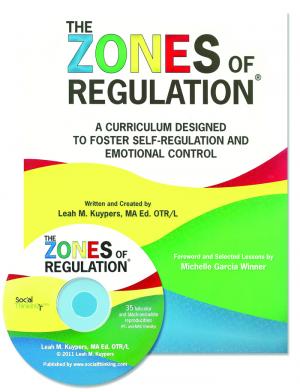
The Zones of Regulation: A Curriculum Designed to Foster Self-Regulation and Emotional Control
The Zones of Regulation: A Curriculum Designed to Foster Self-Regulation and Emotional Control is based on the philosophy that all students want to and strive to do well, but many lack the skills necessary to think about, monitor and control their behaviour, which inadvertently affects their ability to learn and achieve success. The Zones curriculum is described as being an effective tool for creating and supporting an environment in which students learn to take responsibility for their own actions by distinguishing between behaviours that are expected and unexpected.
Identifying how one is feeling and knowing how to react accordingly is a skill that comes naturally to many people. For others it must be learned and practised. The Zones curriculum is designed to help students learn to recognize how they are feeling, the body cues associated with those feelings and how to use tools and strategies to deal with those feelings appropriately. For example, students learn that it is normal to feel upset or angry, but that it is “unexpected” behaviour to throw a chair or punch someone in response to those feelings. Instead, they are provided with tools and taught strategies to help them deal with those feelings in “expected” ways. The Zones curriculum encourages the development of self-regulatory abilities that are necessary for success now and forever.
Eighteen detailed lessons reinforce the concepts being taught, and these are accompanied by worksheets and visuals to share with the students. In one lesson, students are provided with pictures showing a variety of emotions and are required to sort the emotions into the corresponding zones. By this point, students have already been taught the differences among the coloured zones, and have begun to create a “toolbox” of ways to react when they are in each of the zones. Although the lessons are geared toward students who are at or above grade level, accommodations are provided and modifications can easily be made according to the cognitive level and age of each student.
Ashley Armstrong is a member of the Upper Canada Teacher Local.